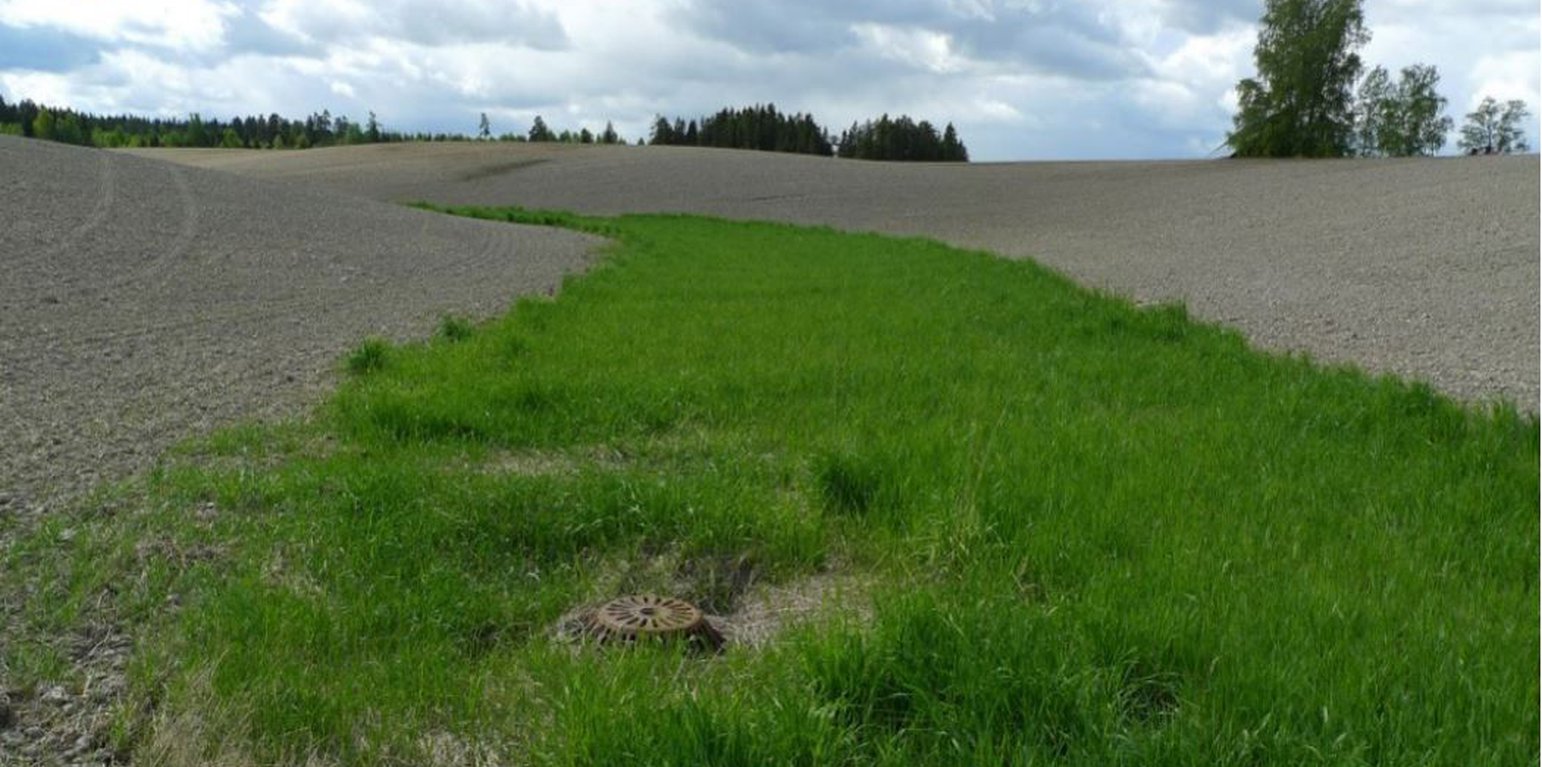



In this documentation we focus on the grassed waterways as a measure to carry surface water down the slope without causing soil erosion. The overland flow can be concentrated in topographic depressions, "thalwegs" in the field. Concentrated runoff in such watercourses can create small rills or even gullies. Vegetation/grass disrupt the water flow, but more importantly to protect the soil from erosive forces.
Purpose/aim: Grassed waterways are important conservation measures managing concentrated flow, especially in agricultural areas: runoff concentrates over grassed areas rather than on bare erodible soil (after tillage). They are intended to reduce runoff velocity and soil erosion by grass roots binding the soil. They also help to enhance infiltration, filtering runoff and contribute to sediment and nutrient deposition.
Establishment/maintenance: Grassed waterways are commonly used in areas where waterways are especially erosion-prone. They are normally sited downslope along natural depressions leading water away from agricultural fields. To control surface runoff, grassed waterways are often combined with inlets for surface water leading runoff to drainage pipes.
According to Regional Environmental Programme (RMP) in Norway, permanent grass cover in topographical depressions should be at least 6 m wide. Grass should be sown in the spring to ensure that it is well established in autumn. The choice of grass species depend on whether there is intention of (for example) using the grass for fodder. The grass can be fertilized or treated by herbicides, since they are located inside the production area. The grass can be harvested to maintain land area for food production and reduce nutrient leakage to the watercourse. Area can be tilled only when renewing the grass cover.
An alternative to grassed waterways is to leave the natural waterways covered in stubble over winter (i.e. unploughed). This measure reduces erosion but will not be as effective as grass cover and will not have the same effect on uptake of nutrients as grass cover waterways, as stubble is dead material.
Efficiency /Impact: The effect of (any) vegetation zones depend on several factors such as the flow properties and the characteristics of the vegetative surface. Significant flow properties are velocity (and hence the slope gradient) and water volume, the particle size and concentration of the sediment in the runoff, and duration and intensity of precipitation. For Norwegian conditions there is also the effect of frozen or unfrozen soil and intensity of snowmelt influence on runoff (surface runoff and infiltration).
Studies of Norwegian conditions indicate that the most relevant factor for function of the vegetation zone is the character of the vegetation (height, robustness, and density), rather than the type of vegetation (Blankenberg & Hougsrud 2010). As the efficiency of vegetation comprises a variety of factors, the implementation of the measures is to a large degree site-specific (Kværnø & Stolte 2012).
The effect of grassed waterways on soil loss has been documented in only a few studies. In Norway, only one study examined the effect of grassed waterways in a small agricultural catchment (26.8 daa or 2.68 ha) in Romerike (Akershus, Viken) and it showed 55% reduction of soil loss (average from 8 years) after implementation of grassed waterways.
Natural / human environment: The information about the technology is based on investigations and/or reports from different part of Norway.
For the purpose of OPTAIN project (https://www.optain.eu/), the technology is further presented in the natural and human environment context of the Kråkstad River catchment - a Norwegian Case Study catchment within OPTAIN project.
The Kråkstad River is mainly situated in Ski municipality in South-Eastern parts of Norway. The river catchment is a western tributary of the Vansjø-Hobøl watercourse, also known as the Morsa watercourse. The Kråkstad River catchment area is c.a 51 km², 43% of which is agricultural land, where mostly cereals are produced on heavy clays soils. The main environmental challenge in the area is water quality (incl. high phosphorus pollution) and soil erosion (incl. riverbank erosion and quick-clay landslides).The Morsa watercourse is a drinking water resource and there are specific environmental regulations for land management followed by subsidies through the Regional Environmental Programme (RMP).
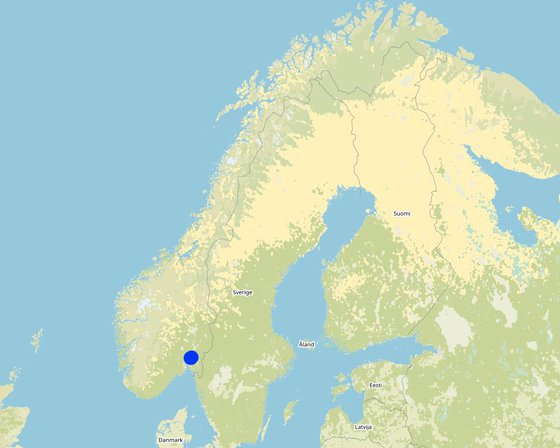
ສະຖານທີ່: The Vansjø-Hobøl catchment, Viken county, ນໍເວ
ຈໍານວນ ພື້ນທີ່ ທີ່ໃຊ້ ເຕັກໂນໂລຢີ ທີ່ໄດ້ວິເຄາະ: 10-100 ພຶ້ນທີ່
ການແຜ່ກະຈາຍຂອງເຕັກໂນໂລຢີ: ແຜ່ຂະຫຍາຍຢ່າງໄວວາໃນພື້ນທີ່ (approx. 0.1-1 ກມ 2)
ຢູ່ໃນເຂດປ່າສະຫງວນທີ່ບໍ?: ບໍ່ແມ່ນ
ວັນທີຂອງການປະຕິບັດ: 10-50 ປີ ຜ່ານມາ
ປະເພດຂອງການນໍາສະເໜີ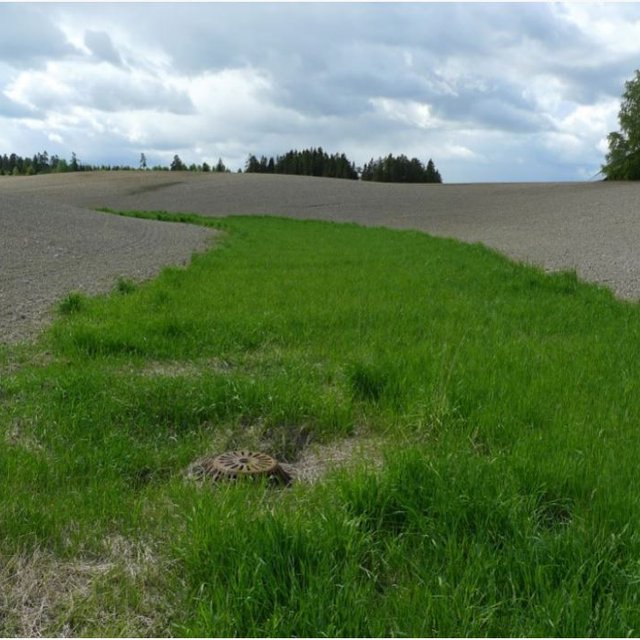
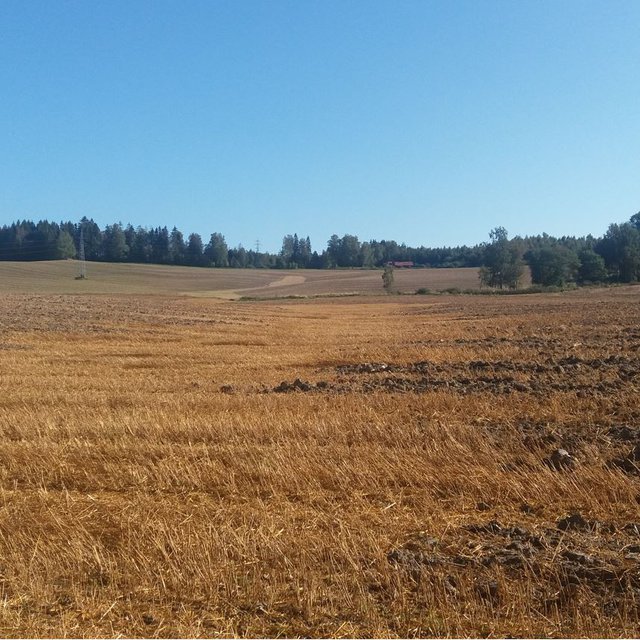


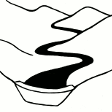




Land removed from crop production. If harvested as fodder - then contribute positive to income.
Enhanced infiltration
Ideally less sediment (and phosphorus) is transported to the surface waters (rivers, lakes), and consequently water quality is increased.
Due to enhanced infiltration in the grassed areas and reduction of surface runoff velocity
When combined with inlet to the drainage system